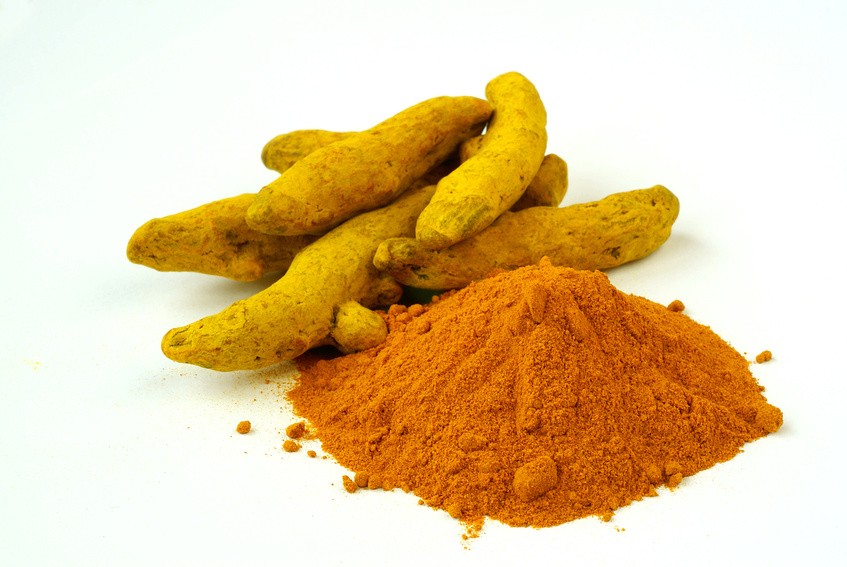Leave a Comment:
5 comments
[…] Multiple Myeloma Patients Enhance Chemotherapy-Reduce Toxicity […]
ReplyThanks David,
Appreciate your response ,I am an avid exerciser and do daily cardio and light weights plus water sports, my p.n. Is manageable only recently starting to annoy me.I certainly will be sourcing Resveterol, I drink green tea daily also.Its great to get information from someone who has been through it all. I appreciate your help.
Cheers Eric
Hi Eric-
It sounds as though your PN is manageable. I don’t know if you have any bone involvement but yes, light wts are preferable.
Regarding resveritrol and green tea. I take a green tea supplement as studies report that a capsule imparts lots more of EGCG (the good stuff) compared to drinking tea. I forgot to mention Wobenzyme N. A systemic enzyme combo that has shown anti-mm action. I take it daily.
https://search.yahoo.com/yhs/search?p=wobenzyme+n%2C+myeloma&ei=UTF-8&hspart=mozilla&hsimp=yhs-002
David
ReplyHi David,
Had my auto transplant in May,2014 put on Thalidomide maintenance 100mg in July due to para protein of 5g per litre this has come down to 3 g after about 4 months but not reduced since.Neuropathy in my feet is now a problem my oncologist has now reduced the Thalidomide down to 50 mg daily.I have been taking 2000mg of Circumin in tablet form daily, no resveratrol though,also take vitamin D ,calcium,magnesium ,vitamin C plus a multivitamin.I have no other issues am in otherwise good health ,no lethargy etc.Due you suggest an increase in Circumin now my maintenance dose has been lowered also would you also suggest Resveterol into the mix and what dosage? I also take my circumin in one dose in the am and the Thalidimide at night would you suggest taking the Circumin with the Thalidimide ?
Thanks Eric
Hi Eric-
I am sorry to read of you mm diagnosis but you sound like you are doing well. You ask several good questions and you are already doing many of the right things based on what I know and read about mm. I will try to address each question below.
1)”Due you suggest an increase in Circumin now my maintenance dose has been lowered?”
My understanding of curcumin is that it is almost impossible to get it into our blood stream. Therefore I take a brand of curcumin called “super bio curcumin.” LEF claims that this brand is much more bioavailable. I don’t know if this is true but I have read about the importance of increasing “serum blood levels” of curcumin rather than just taking higher doses. Many people suggest taking curcumin with olive oil or chocolate to increase bioavailability. Doctor’s Best brand of curcumin contains 5 mg of black pepper in each capsule to increase bio availability.
If it were me and my mm was active, I would focus on bio availability, break doses into 2 or 3 daily doses (curcumin is reported to pass through the blood quickly) and then consider overall daily dose.
2) “also would you also suggest Resveterol into the mix and what dosage?”
The studies linked below cite resveritrol’s anti mm ability. I have taken resveritrol (lower maintenance dose…) daily for years now. Regarding anti-mm supplementation, I take omega 3 fatty acids (fish oil), green tea and milk thistle- daily. All based on studies that show all these supplements have anti mm action. I take lower maintenance doses of each though I would consider taking larger doses if my mm were active.
My point is that I supplement with many different types- all non-toxic all have anti mm and anti cancer properties. I am biased as you can see. It has worked for me but you must decide for yourself.
http://www.ncbi.nlm.nih.gov/pubmed/?term=resveratrol+%2C+multiple+myeloma
3) “I also take my circumin in one dose in the am and the Thalidimide at night would you suggest taking the Circumin with the Thalidimide?”
The study linked below talks about curcumin working with thal.- I think it is logical then, to consider taking both at the same time-
http://www.ncbi.nlm.nih.gov/pubmed/19372569
Consider taking a lower dose of thalidomide- either 50mg every other day or 25mg daily-
http://onlinelibrary.wiley.com/doi/10.1111/j.1365-2141.2008.06989.x/full
Ultra low dose…
https://search.yahoo.com/yhs/search?p=ultra+low+dose+thalidomide%2C+myeloma&ei=UTF-8&hspart=mozilla&hsimp=yhs-002
Lastly, I have to plug moderate exercise in general for mmers. I don’t know how your PN may inhibit you but I think moderate daily exercise like 30 min on an elliptical is important.
Let me know if you have other questions. Thanks and hang in there.
David Emerson
Reply




